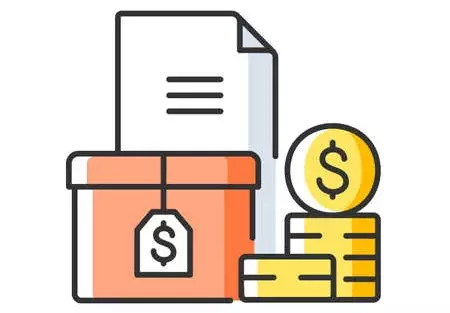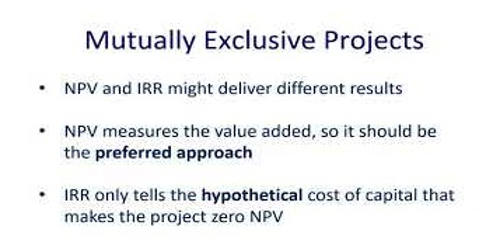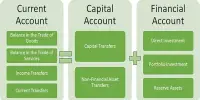A current asset is an asset that is expected to be converted into cash within one year or one operating cycle, whichever is longer. Current assets are listed on a company’s balance sheet and include items such as cash, accounts receivable, inventory, and short-term investments.
The Current Assets account is a balance sheet line item in the Assets section that accounts for all company-owned assets that can be converted to cash in less than a year. Current assets are assets whose value is recorded in the Current Assets account. Cash, cash equivalents, accounts receivable, stock inventory, marketable securities, pre-paid liabilities, and other liquid assets are examples of current assets. Current assets are also known as current accounts.
A current asset is any asset that can be reasonably expected to be sold, consumed, or exhausted during a business’s normal operations during the current fiscal year, operating cycle, or financial year (whichever period is longer). Cash, cash equivalents, short-term investments that are primarily related to non-strategic companies in the process of being sold (usually as a result of private negotiations), accounts receivable, stock inventory, supplies, and the portion of prepaid liabilities (sometimes referred to as prepaid expenses) that will be paid within a year are examples of typical current assets.
Some examples of current assets are:
- Cash and cash equivalents: This includes physical cash, bank accounts, and short-term investments that are easily convertible to cash.
- Accounts receivable: Money owed to a company by its customers or clients for goods or services provided on credit.
- Inventory: Raw materials, work-in-progress, and finished goods that a company holds for sale.
- Marketable securities: Short-term investments that a company can easily convert to cash, such as stocks, bonds, or mutual funds.
- Prepaid expenses: Payments made in advance for goods or services that will be received in the future, such as rent or insurance.
Current assets are important for a company’s liquidity and working capital management, as they can be easily converted into cash to meet short-term obligations or invest in opportunities.
In layman’s terms, current assets are assets that are held for a short period of time. Such assets are expected to be realized in cash or consumed during the business’s normal operating cycle. On a balance sheet, assets are typically divided into two categories: current assets and long-term assets. Total current assets are divided by total current liabilities to calculate the current ratio. It is frequently used to assess a company’s liquidity, or its ability to meet short-term obligations. Trade working capital is defined as the difference between current assets and current liabilities.
The quick ratio, also known as the acid test, assesses a company’s ability to use its near cash or quick assets to immediately extinguish or retire its current liabilities. Quick assets are those that can be converted into cash quickly if needed. It would not be used for an extended period of time, such as twelve months.
















